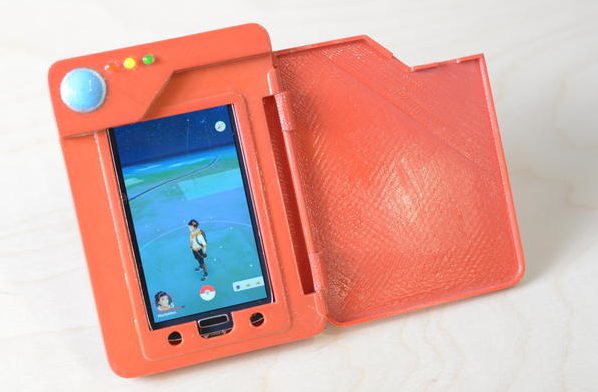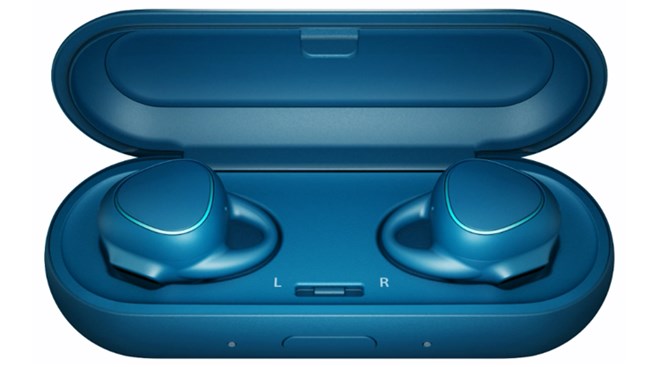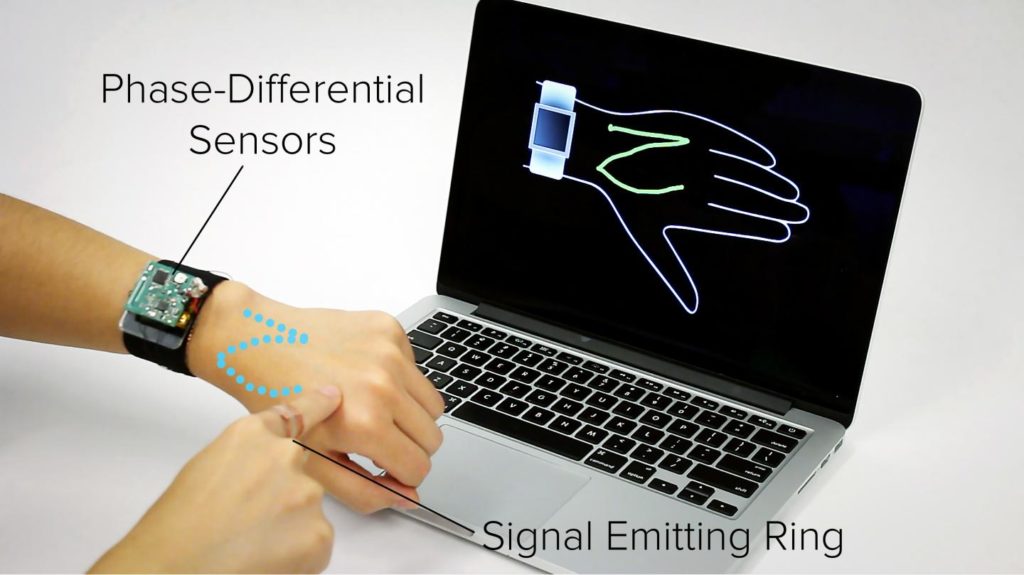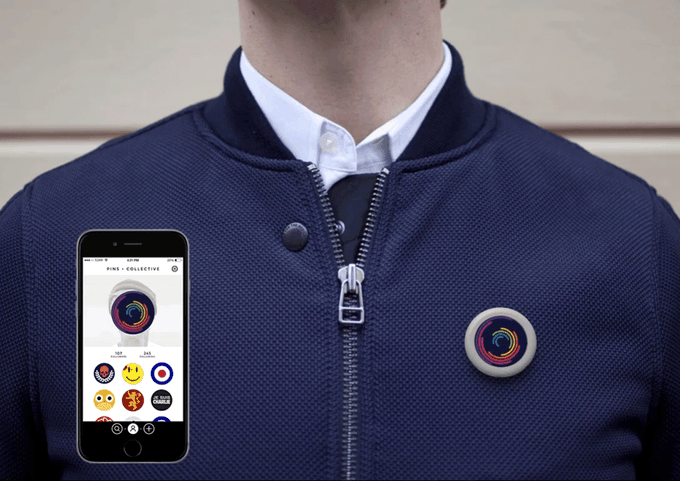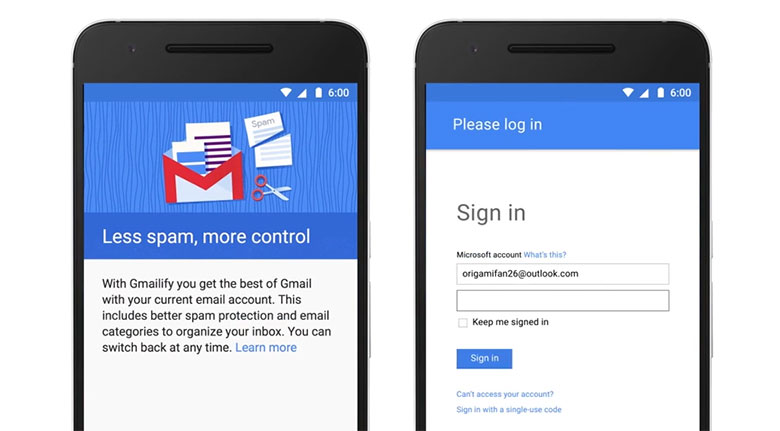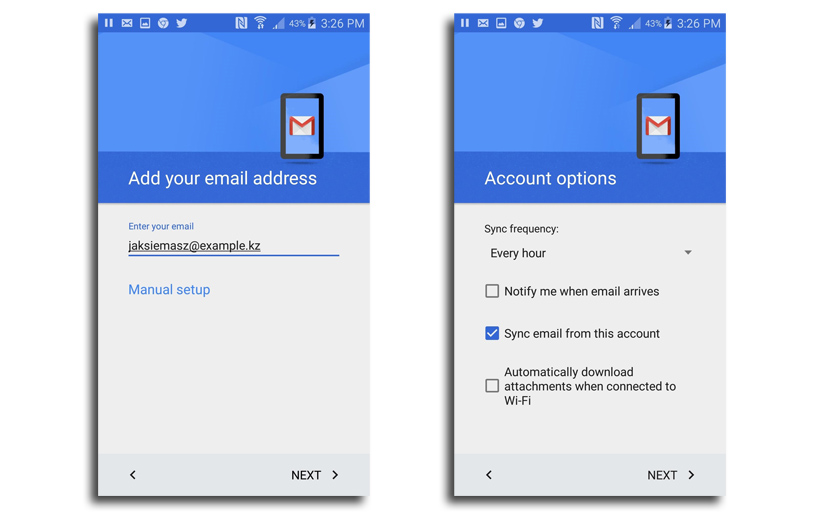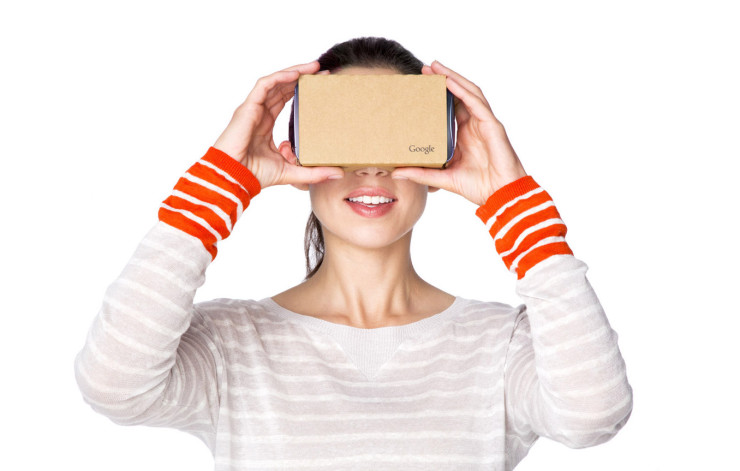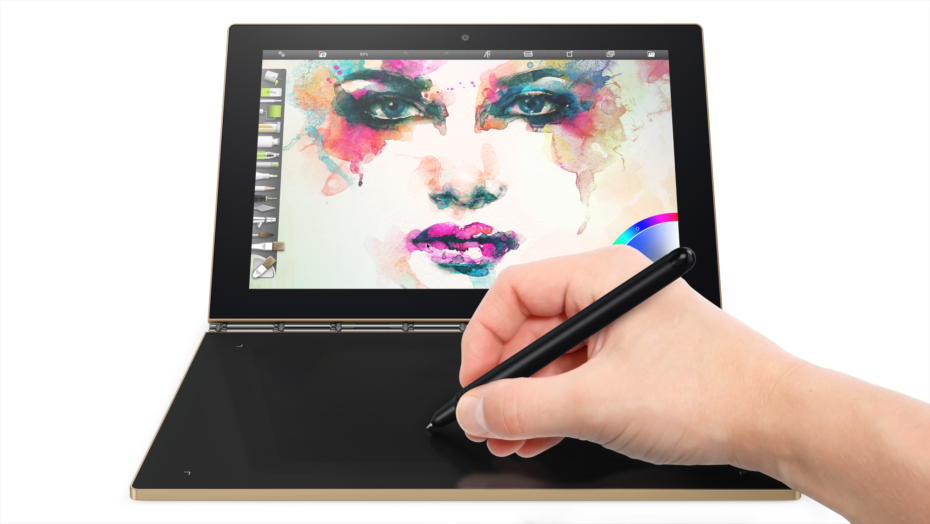
This article was brought to you by The Tech Info Group –
Lenovo has adopted the catchy slogan “better never stops,” which really seems to suit the company’s penchant for coming up with neat improvements year after year.
Lenovo’s Yoga line of specialty tablets is not easy to define. The trademark feature of Yoga devices is a clamshell design that combines a touchscreen with another functional surface, joined together by a unique hinge mechanism that is unlike any other found in the laptop, netbook and hybrid market. This feature is present in the new Yoga Book, but Lenovo has come up with a couple of interesting surprises.
At first sight, the Yoga Book seems to lack a keyboard; however, a discreet touch of a button lights up the input component that lights up to reveal an attractive keyboard complete with tactile feedback. This elegant feature certainly improves upon the touchscreen keyboards typically found on smartphones and tablets since it leaves the 10.1 inch screen unencumbered.
What is even more interesting about the Yoga Book’s input surface is that it can also be used with a stylus for drawing, handwriting or even as a very large trackpad. Lenovo calls this surface the “Create Pad,” and it is highly responsive: more than 2,000 pressure levels and a full range of angles can be detected.
Aside from tactile input, the Create Pad comes with an ergonomic stylus that feels like something you can actually draw and paint with. Lenovo calls its stylus “Real Pen,” which happens to be a very appropriate name since it actually has a slot for an ink cartridge. The Real Pen does not require batteries and allows you to place a sheet of paper over the Create Pad so that you can draw in the traditional sense while the Yoga Book digitizes your work.
The Yoga Book comes with an advanced note-taking and sketch app to get you started, but you can also install your favorites from Google Play or the Windows Store. Other features include an 8 MP camera, LTE connectivity, nano SIM card support, 4 GB of RAM and 64 GB of storage.
The Yoga Book comes in an attractive black design, grey, and gold color schemes for $499.99.
